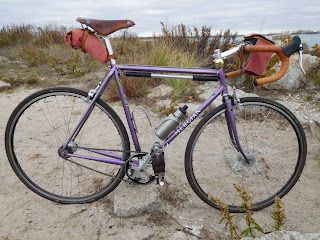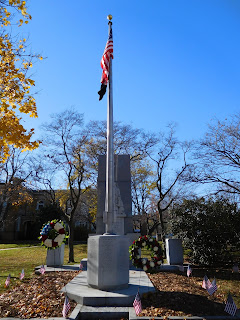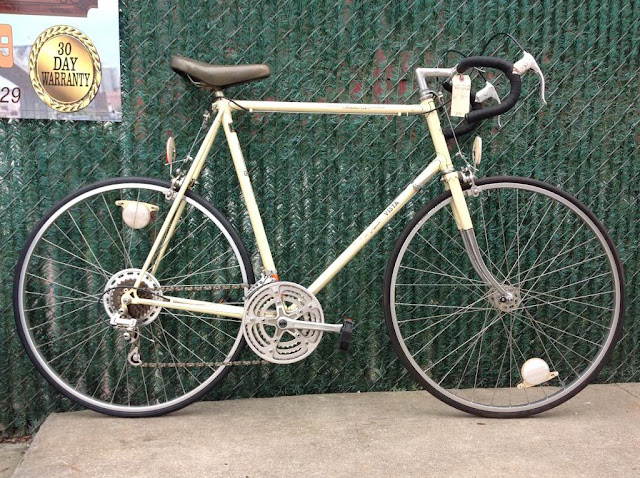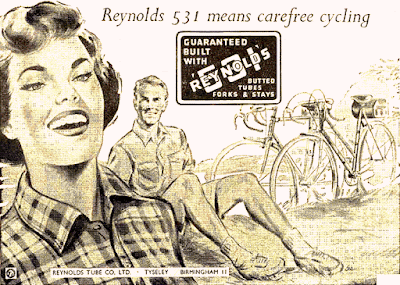So why am I posting a video of Prince's Party Like It's 1999?
Well, I didn't say I wouldn't be self-indulgent in this blog. Some might argue that the mere act of starting this blog--or any other--is self-indulgent. Maybe that's how it should be.
That said, I'm glad you're reading this. I'm lucky: I get to write something because I want to write it, and for no other reason, and some people (like you) will actually read it!
You might say that I'm partying on this blog. True. But it's not 1999. So, you might wonder, why the Prince video?
Well, today's "party" is number 2000. Yes, that's how many posts are now on Midlife Cycling.
And I am indeed going to "party like it's 1999". In other words, I'm riding, writing and blogging as if there's always something new to write about: another ride, an interesting idea or story, a product past or present, another journey. None of it ends.
So how did Prince himself "party"? Well, here's a photo, and a link to a video, of him from the last days of his life:
 |
| Click here for video. |
He looks relaxed and carefree. If that isn't "partying", I don't know what is.




































